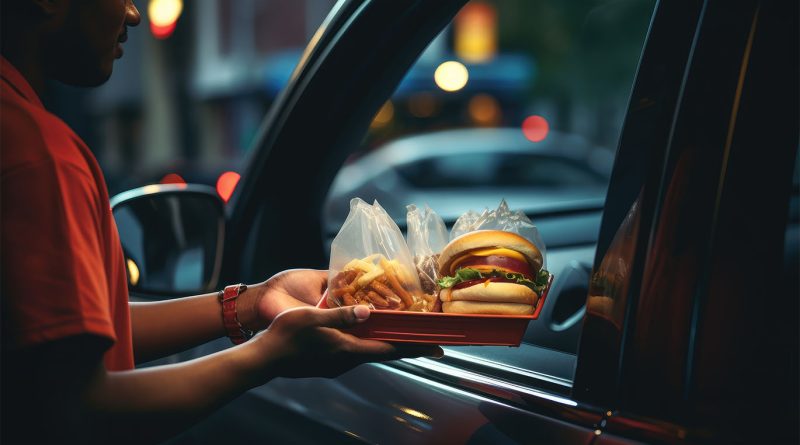Customer Frustration at Drive-Thru 75% Error Rates
With drive-thru lanes becoming the new battleground for brand loyalty, the stakes have never been higher for fast-food establishments to deliver not just on taste, but on speed and accuracy as well. This narrative unfolds in the shadow of a 2021 study revealing a notable dip in both the speed and accuracy of drive-thru services, largely attributed to less experienced workforce and increasingly complex menus.
The phenomenon isn’t just anecdotal; it’s a challenge echoed across the industry, with notable implications for restaurant owners and manufacturers alike. The question then arises: how can fast-food restaurants increase the likelihood of getting your order right, and is it worth stepping out of your car to ensure it?
The State of Drive-Thru Services
The fast-food industry’s drive-thru services have evolved into a complex system where efficiency and accuracy are paramount. Recent benchmark data from the 23rd Annual Drive-Thru Study underscores this, revealing an average order accuracy rate of 86%, signaling that improvement is essential for enhancing customer satisfaction and operational profitability. As consumer expectations soar, the drive-thru experience becomes a critical touchpoint for brands to demonstrate their commitment to excellence.
Consumer Perspectives on Drive-Thru Errors
In an illustrative case of the growing dissatisfaction among fast-food consumers, a notable YouTube video from the creator ‘The Food Theorists’ sheds light on the increasing concern over order inaccuracies at fast-food restaurants. The presenter, a frequent patron of various fast-food chains, voices a common frustration: receiving incorrect orders, ranging from missing ingredients and implements to entirely missing food items. The video presenter ‘MatPat’ shares a personal grievance echoed by many: receiving incorrect orders at an alarming frequency. Specifically, they conducted an experiment giving a selection of restaurants a variety of complex orders resulting in an array of errors, from simple omissions, like missing condiments and sides, to more glaring mistakes, such as completely forgotten items. Order error rates came back as high as 75%. This narrative is not isolated, as a 2021 study corroborates these findings, pointing out a noticeable dip in both speed and accuracy attributed to factors like inexperienced staff and increasingly complex menus.
Operational Efficiency and Best Practices
Operational efficiency in drive-thrus hinges on the seamless integration of technology and human expertise. The key to mastering this integration lies in understanding the direct correlation between operational practices and customer satisfaction. For instance, Taco Bell’s implementation of the Touch Kitchen Display System revolutionized its drive-thru service by enhancing order prioritization and accuracy, further cementing its position as the industry leader in drive-thru efficiency.
Yet, the journey doesn’t end with technology alone. The human element remains irreplaceable, as evidenced by the enhanced satisfaction rates when customers interact with friendly staff. This suggests that while technological advancements streamline operations, the warmth of human interaction continues to be the heart of the fast-food experience.
The Role of Manufacturers in Drive-Thru Innovation
Manufacturers play a pivotal role in shaping the future of fast-food drive-thrus. By developing advanced solutions that address the unique challenges of the fast-food industry, manufacturers can empower restaurant owners to elevate their service standards. From sophisticated POS systems to dynamic kitchen display technologies, the potential for innovation is boundless. Collaboration between restaurant owners and manufacturers will be crucial in navigating the complex landscape of customer expectations and technological possibilities.
As the fast-food industry evolves, the drive-thru experience stands at the forefront of this transformation. Embracing technological innovation, optimizing operational efficiency, and maintaining the human touch are essential strategies for restaurant owners and manufacturers aiming to thrive in this competitive arena. By doing so, they not only enhance the drive-thru experience but also secure a place in the hearts and minds of their customers, ensuring their return.
As we forge ahead, the fast-food industry’s future appears not just fast and convenient, but also accurate and human-centric, promising a revolution that could redefine the drive-thru experience for generations to come.
Sources:
- 23rd Annual Drive-Thru Study, InTouch Insight
- 2023 QSR® Drive-Thru Report, QSR Magazine
- Nation’s Restaurant News, QSR Drive-Thru Study Analysis
